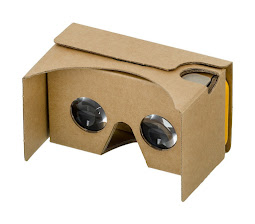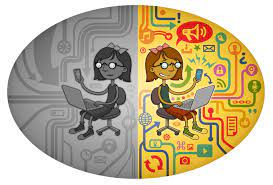VR and the ESL Classroom

Virtual reality (VR) are tech tools that I considered out of reach for the average ESL classroom—I couldn’t imagine the applications to language learning, and I didn’t think the technology would be accessible in most classrooms in the near future. However, last week’s presentation on emerging technologies helped me realize that this technology may not be as irrelevant or inaccessible as I first thought. Accessing VR There are numerous VR devices on the market. However, for someone just beginning to explore its use in the classroom, Google Cardboard (n.d.) offers access to VR glasses with a reasonably low barrier to entry, with glasses costing between $5 and $50 CAD. Benefits Bonner and Reinders (2018) highlight several potential benefits to VR use in education: - - Increases student motivation - - Lowers anxiety related to second language use in an authentic environment - - Provides context for reading and listening activities - -
